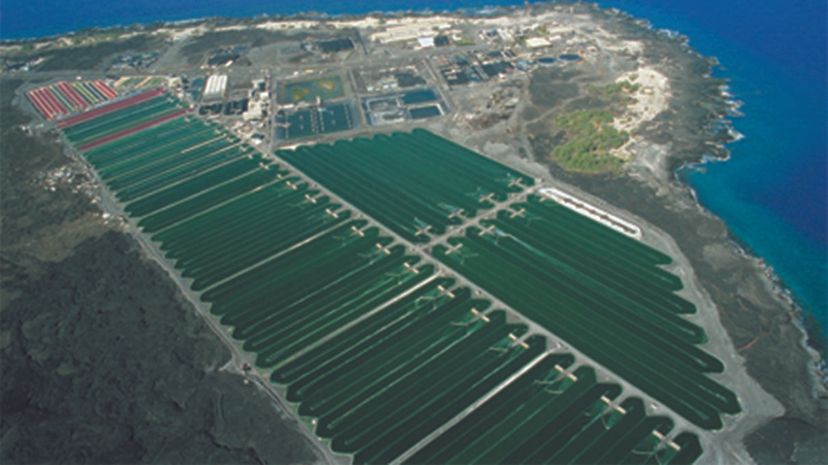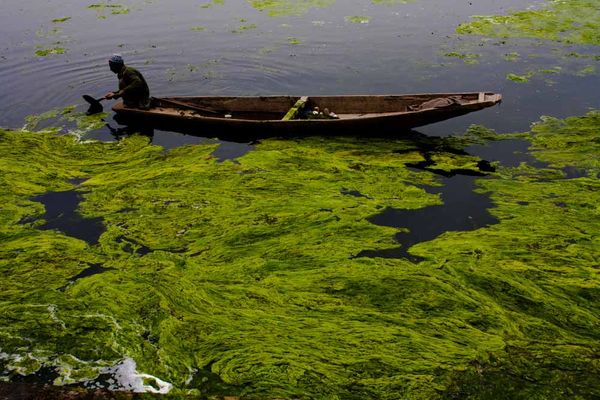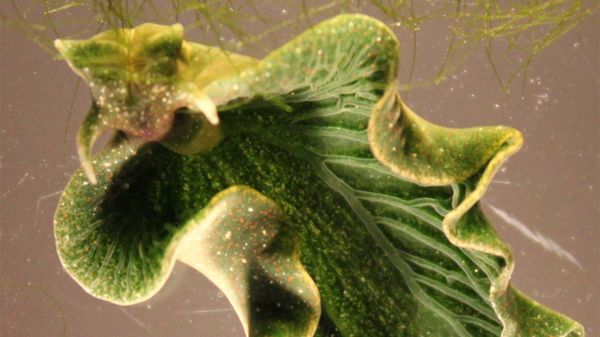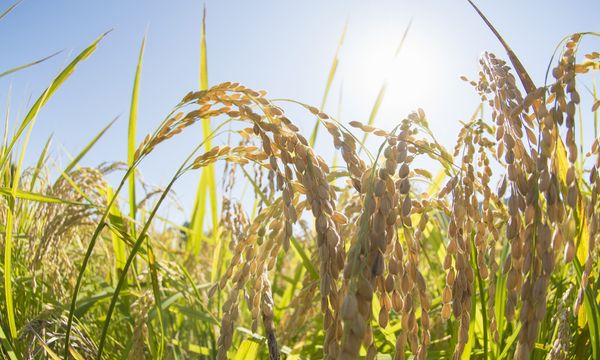
Could algae be a solution to projected food shortages in the future? Some growers are hoping so.
Despite its reputation as pond scum, algae nevertheless represents big money to some investors and a possible solution to the world hunger problem. In fact, you may already be ingesting the little green plant. Algae is found in "green smoothies," specialty chips, protein bars, protein powders and supplements including Omega-3 capsules. One type of algae, spirulina, has long been on the market as a nutrition-packed health food. Algae is also an ingredient in animal feed.
Advertisement
But it could become a much more important food source, say people like Miguel Calatayud. He runs a farm in Columbus, New Mexico, where salt-water ponds stretch out across under a desert sky. Algae "is the foundation of the next generation of farming and food," he told CNN recently. It can provide lots of protein while using relatively little in the way of scarce resources. Calatayud, CEO of Qualitas Health, which owns Green Stream Farms, grows an algae strain called nannochloropsis in the salt water. The algae grows very fast using sun, air and water — and most of the water is recycled. It can be harvested year round. The algae is 40 percent protein, and it isn't slimy and smelly, according to the company.
But what would it taste like? "You're not going to be eating an algae sandwich soon," says Barry Cohen, executive director of the National Algae Association. Algae will most likely be used as a new protein ingredient in food products. "A lot of companies are testing it," he says.
It's seen as filling the role that soybeans have filled. Soy is often added to meat products, cereals and bread and used in vegetarian products as a meat substitute.
"This industry is growing," Cohen says. "It's small — maybe 10 to 15 companies around the world."
Advertisement


